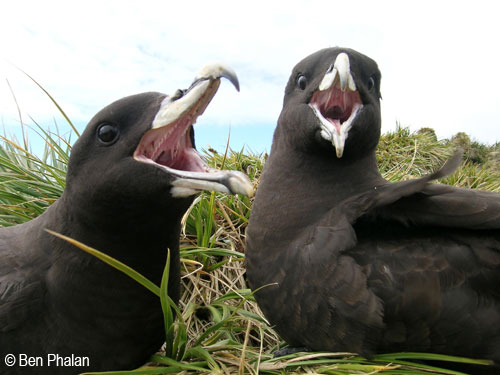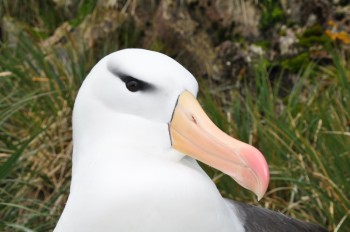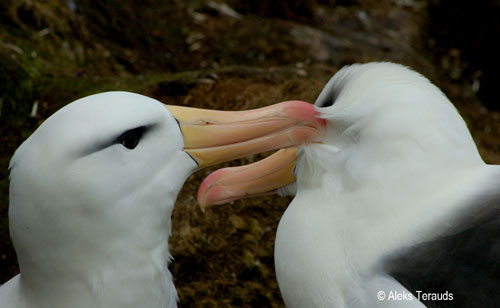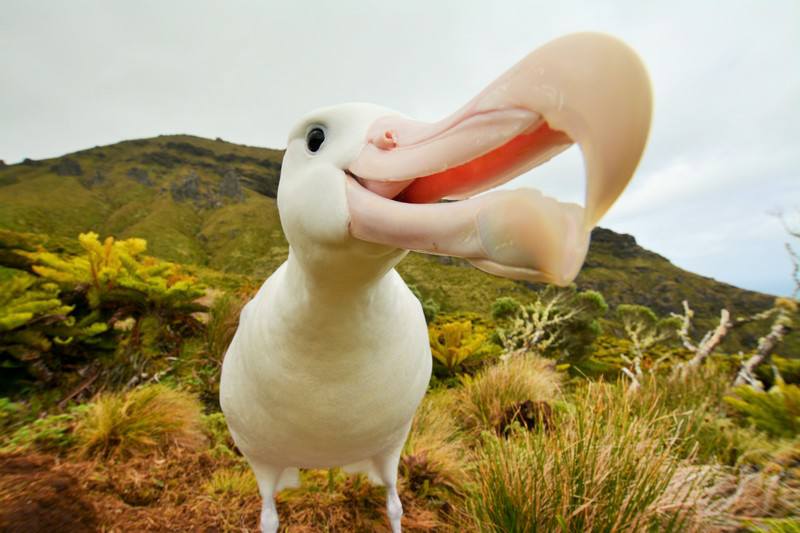Caio Cipro (Laboratório de Química Orgânica Marinha, Instituto Oceanográfico, Universidade de São Paulo, Brazil) and colleagues have published in the Marine Pollution Bulletin on mercury levels in Southern Giant Petrels Macronectes giganteus (and other biota) on King George Island, Antarctica. The Southern Giant Petrels showed much higher Hg concentrations than from elsewhere, although this may be due to a small sample “or to some local effect”.
“Mercury (Hg) can reach the environment through natural and human-related sources, threatening ecosystems all over the planet due to its well-known deleterious effects. Therefore, Antarctic trophic webs, despite being relatively isolated, are not exempt of its influence. To evaluate Hg concentrations in an Antarctic ecosystem, different tissues from 2 species of invertebrates, 2 of fish, 8 of birds, 4 of pinnipeds and at least 5 of vegetation were investigated (n=176). For animals, values ranged from 0.018 to 48.7 μg g−1 dw (whole Antarctic krill and Antarctic Fur Seal liver). They were generally correlated to trophic position (assessed by δ15N and δ13C) but also to cephalopods and myctophids consumption. For vegetation, values ranged from 0.014 to 0.227 μg g−1 dw (Colobanthus quitensis and an unidentified lichen), with lichens presenting significantly higher values than mosses, likely due to year-round exposure and absorption of animal derived organic matter, as hypothesized by literature.”
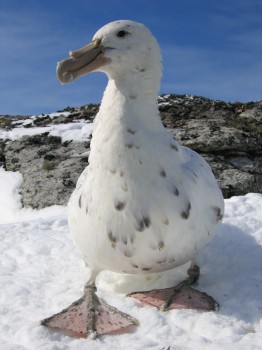
A Southern Giant Petrel in Antarctica, photograph by Michael Dunn
Reference:
Cipro, C.V.Z., Montone, R.C. & Bustamante, P. 2017 Mercury in the ecosystem of Admiralty Bay, King George Island, Antarctica: Occurrence and trophic distribution. Marine Pollution Bulletin 114: 564-570.
John Cooper, ACAP Information Officer, 07 February 2017

 English
English  Français
Français  Español
Español 